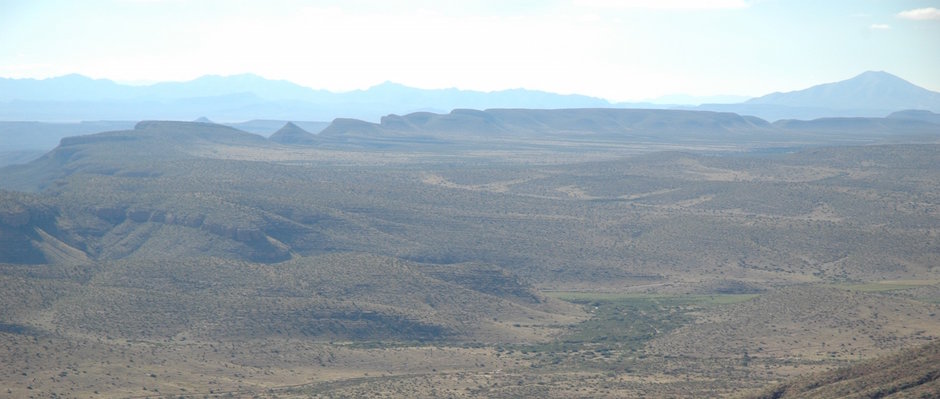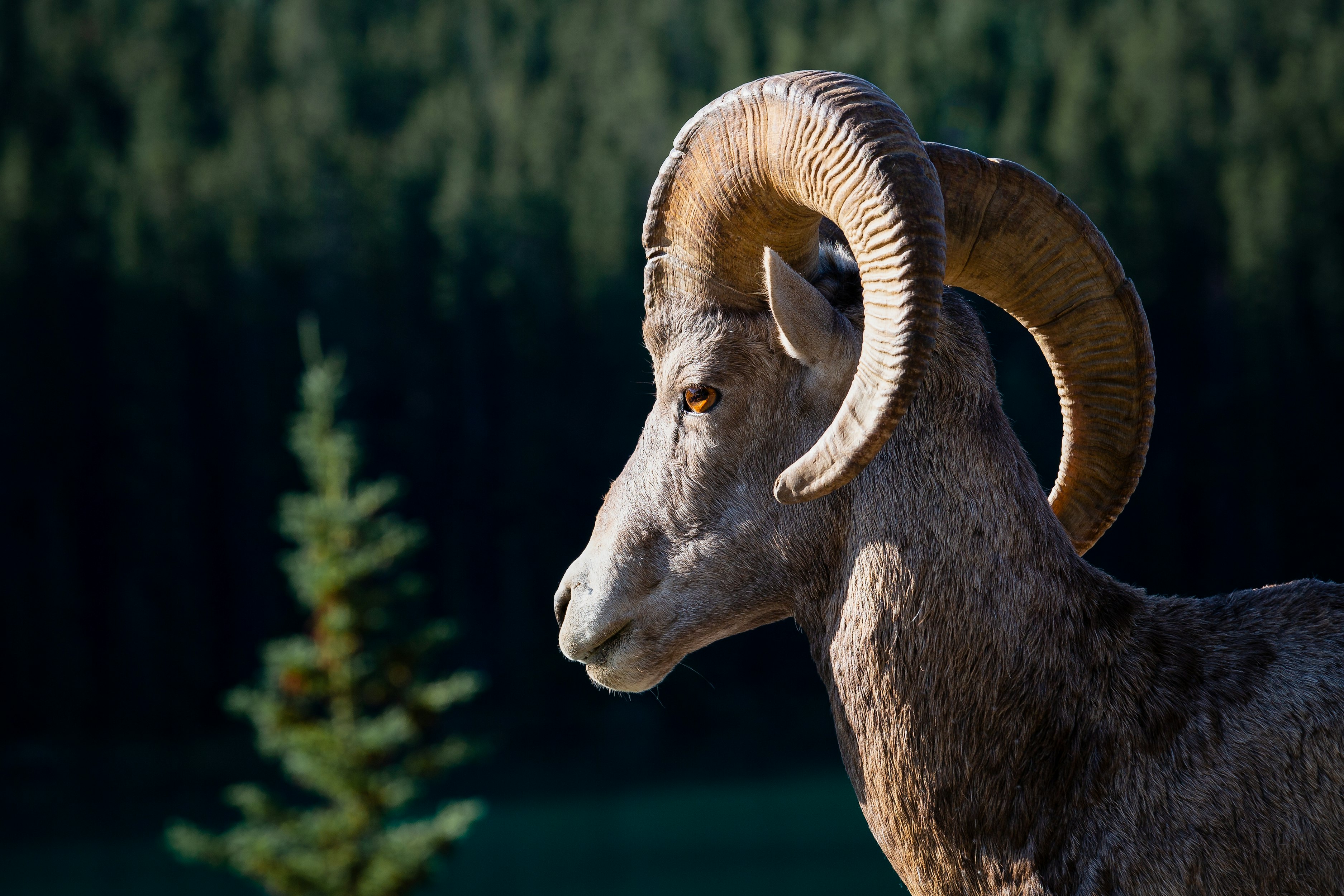CWD Detected In Captive Deer Breeding Facility Near Medina
This was bound to happen as wildlife “management” increasingly copies the confinement methods of industrial agriculture.
AUSTIN —(TAHC)— A two year-old white-tailed deer in a Medina County deer breeding facility has been confirmed positive for chronic wasting disease. This is the first case of CWD detected in captive white-tailed deer in Texas. CWD was first detected in Texas in 2012 in free-ranging mule deer in the Hueco Mountains in far West Texas.
The Medina County tissue samples submitted by the breeder facility in early June as part of routine deer mortality surveillance revealed the presence of CWD during testing at the Texas A&M Veterinary Medical Diagnostic Laboratory in College Station. The National Veterinary Services Laboratory in Ames, Iowa, confirmed the findings on Tuesday, June 30.
An epidemiological investigation to determine the extent of the disease, assess risks to Texas’ free ranging deer and protect the captive deer and elk breeding industry is being led by the Texas Animal Health Commission, in coordination with the Texas Parks and Wildlife Department and U.S. Department of Agriculture’s Animal and Plant Health Inspection Service Veterinary Services.
Officials have taken immediate action to secure all cervids at the Medina County breeder facility with plans to conduct additional investigation for CWD. In addition, those breeder facilities that have received deer from the Medina County facility or shipped deer to that facility during the last two years are under movement restrictions and cannot move or release cervids at this time. TPWD is disallowing liberation of captive deer from all breeder facilities into the wild at this time pending further review. Additional measures to further minimize risk of CWD spreading into Texas’ free-ranging white-tailed deer herd, and to protect the captive deer breeding industry, will be considered.
“This is a terribly unfortunate development that we are committed to addressing as proactively, comprehensively, and expeditiously as possible. The health of our state’s wild and captive deer herds, as well as affiliated hunting, wildlife, and rural based economies, are vitally important to Texas hunters, communities and landowners. As such, our primary objectives are to determine the source of the disease and to identify other deer breeding facilities and release sites that may have received deer from affected facilities,” said Carter Smith, TPWD executive director.
“Working collaboratively with experts in the field, we have developed protocols to address CWD, and our implementation efforts are already well under way.”
The TPWD and the TAHC CWD Management Plan will guide the State’s response to this incident. The plan was developed by the State’s CWD Task Force, which is comprised of deer and elk breeders, wildlife biologists, veterinarians, and other animal health experts from TPWD, TAHC, TVMDL, Department of State Health Services, Texas A&M College of Veterinary Medicine, and USDA.
Since 2002, the state has conducted surveillance throughout Texas for the disease. More than 34,000 samples collected from hunter-harvested and road kill deer have been tested for CWD.
Although animal health and wildlife officials cannot say how long or to what extent the disease has been present in the Medina County deer breeding facility, the breeder has had an active CWD surveillance program since 2006 with no positives detected until now.
“We are working with experts at the local, state and federal level to determine the extent of this disease, and respond appropriately to limit further transmission,” said Dr. Andy Schwartz, TAHC epidemiologist and assistant executive director. “Strong public awareness and the continued support of the cervid industry is paramount to the success of controlling CWD in Texas.”
The disease was first recognized in 1967 in captive mule deer in Colorado. CWD has also been documented in captive and/or free-ranging deer in 23 states and two Canadian provinces. CWD among cervids is a progressive, fatal disease that commonly results in altered behavior as a result of microscopic changes made to the brain of affected animals.
An animal may carry the disease for years without outward indication, but in the latter stages, signs may include listlessness, lowering of the head, weight loss, repetitive walking in set patterns, and a lack of responsiveness.
To date there is no evidence that CWD poses a risk to humans or non-cervids. However, as a precaution, the U.S. Centers for Disease Control and the World Health Organization recommend not to consume meat from infected animals.
More information on CWD can be found on TPWD’s website, www.tpwd.texas.gov/CWDor at the Chronic Wasting Disease Alliance website, www.cwd-info.org.

It’s not only CWD that makes this venison suspect. Some deer feed additives harm other wildlife: The copper used to grow big antlers is lethal to Desert Bighorn. Others are banned in commercial feedlots as dangerous to human health. Just as 75% of antibiotics fed to cattle remain in beef, all those hormones, minerals, antibiotics etc. accumulate in confinement venison.



